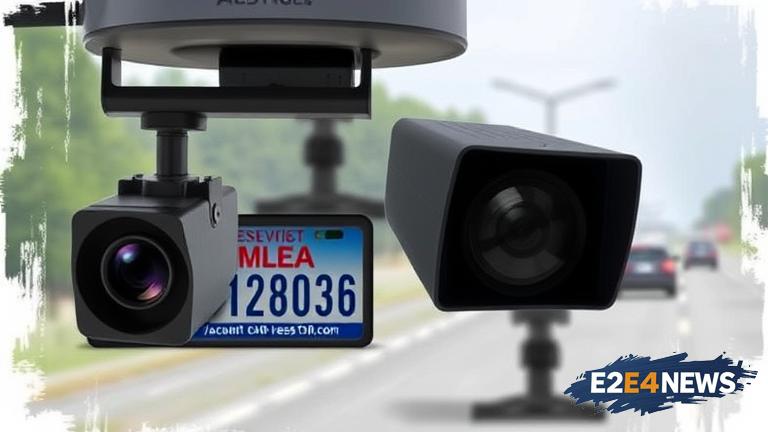The use of license plate readers, particularly those provided by Flock, has become a contentious issue in the realm of traffic enforcement. These cameras, designed to capture images of license plates, are intended to aid in the identification and tracking of vehicles involved in various infractions, such as speeding, running red lights, or being part of a criminal investigation. However, their deployment has sparked a heated debate, with many questioning their impact on privacy and their actual effectiveness in enhancing public safety. Proponents argue that these systems are invaluable tools for law enforcement, allowing for the swift identification of vehicles and, by extension, their owners, which can be crucial in solving crimes and preventing future offenses. On the other hand, critics contend that the widespread use of these cameras constitutes a significant invasion of privacy, as they can track the movements of law-abiding citizens without their knowledge or consent. Furthermore, there are concerns about the accuracy of the data collected, with potential for misidentification and the subsequent wrongful targeting of innocent individuals. The controversy surrounding Flock’s license plate readers has also highlighted issues of transparency and accountability, with some jurisdictions being criticized for their lack of clear guidelines on how the data collected is used, stored, and protected. In response to these concerns, some advocates are pushing for stricter regulations on the use of license plate readers, including limits on data retention and stricter oversight mechanisms to prevent abuse. Despite these challenges, the technology itself continues to evolve, with improvements in camera resolution, software algorithms, and data analytics aimed at enhancing its utility for law enforcement while mitigating privacy concerns. The balance between public safety and individual privacy rights remains a delicate one, with the use of Flock’s license plate readers and similar technologies serving as a focal point in this ongoing discussion. As the debate continues, it is clear that finding a solution that satisfies both the needs of law enforcement and the privacy concerns of the public will be a complex task. The implementation of these systems varies widely by location, with some areas embracing the technology as a valuable tool, while others have expressed reservations or outright banned their use. The economic aspect of these systems also comes into play, as the cost of implementing and maintaining such networks can be significant, leading to questions about their cost-effectiveness, especially in areas with limited budgets. In conclusion, the controversy over Flock’s license plate readers reflects broader societal concerns about surveillance, privacy, and the role of technology in law enforcement. As technology continues to advance, it is imperative that these discussions are had openly and that solutions are sought that can reconcile the sometimes competing interests of public safety and individual rights. The future of traffic enforcement and surveillance will likely be shaped by how these challenges are addressed. With the rapid evolution of technology, what is considered acceptable today may not be in the future, underscoring the need for ongoing dialogue and adaptation. Ultimately, the goal should be to harness the potential of technologies like license plate readers in a way that respects privacy while enhancing safety, a balance that will require careful consideration and regulation. The conversation around Flock’s license plate readers serves as a catalyst for a broader examination of how technology is integrated into law enforcement practices, highlighting the need for transparency, accountability, and a commitment to protecting individual rights.
